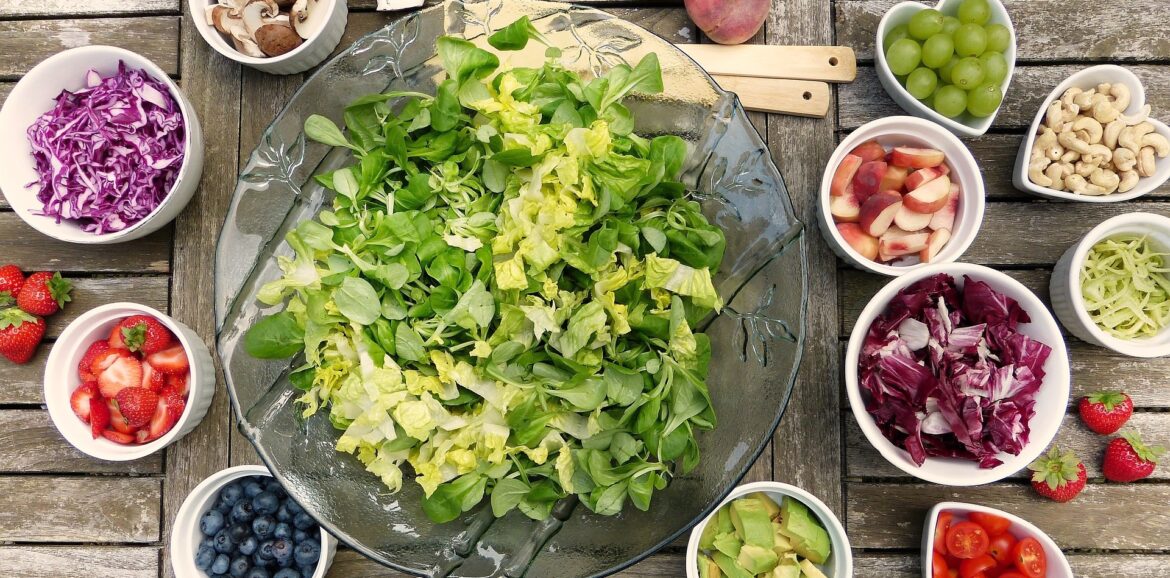
Introduction:
Meal prepping is a powerful tool for achieving fitness goals, whether you’re aiming to lose weight, build muscle, or simply adopt a healthier lifestyle. By planning and preparing your meals in advance, you can save time, reduce stress, and make healthier food choices throughout the week. In this article, we’ll provide a beginner’s guide to meal prepping for fitness success, including tips, strategies, and recipe ideas to help you get started on your meal prep journey.
Understanding Meal Prepping:
Meal prepping involves preparing and portioning out meals and snacks ahead of time, typically for the week ahead. This can include cooking large batches of food, portioning them into individual containers, and storing them in the refrigerator or freezer for easy access. The key benefits of meal prepping include:
- Time-saving: Meal prepping allows you to streamline your cooking process and minimize the time spent in the kitchen during busy weekdays. By dedicating a few hours on the weekend to meal prep, you can have nutritious meals ready to go throughout the week.
- Portion control: Pre-portioning your meals helps prevent overeating and allows you to control portion sizes to meet your nutritional needs. This can be particularly beneficial for those trying to manage their calorie intake for weight loss or weight maintenance.
- Healthier choices: When you have healthy meals and snacks readily available, you’re less likely to rely on convenience foods or takeout options that may be higher in calories, sodium, and unhealthy fats. Meal prepping allows you to prioritize nutrient-dense ingredients and create balanced, wholesome meals.
- Cost-effective: Planning your meals in advance can help you make more strategic grocery purchases, reducing food waste and saving money in the long run. By buying ingredients in bulk and utilizing leftovers efficiently, you can stretch your food budget further.
Meal Prepping Tips and Strategies:
Now that we’ve covered the basics of meal prepping, let’s explore some practical tips and strategies to help you succeed:
- Plan your meals: Start by creating a meal plan for the week, taking into account your dietary preferences, nutritional goals, and schedule. Choose recipes that are simple, balanced, and can be easily scaled up to make multiple servings.
- Invest in quality containers: Invest in a set of high-quality, reusable containers in various sizes to store your prepped meals and snacks. Look for containers that are microwave-safe, dishwasher-safe, and stackable for easy storage.
- Batch cook staple ingredients: Save time by batch cooking staple ingredients such as grains (e.g., rice, quinoa), proteins (e.g., chicken, tofu), and vegetables (e.g., roasted vegetables, steamed greens). Cook these components in large batches and mix and match them throughout the week to create different meals.
- Mix up your proteins and vegetables: To keep your meals interesting and nutritious, vary your protein and vegetable choices each week. Experiment with different protein sources such as lean meats, fish, legumes, and plant-based alternatives, and incorporate a variety of colorful vegetables to ensure you’re getting a range of vitamins and minerals.
- Use time-saving cooking methods: Opt for time-saving cooking methods such as roasting, grilling, or slow cooking, which require minimal hands-on time and can yield flavorful results. Utilize kitchen appliances such as a slow cooker, Instant Pot, or air fryer to streamline the cooking process further.
- Prep snacks and breakfasts: Don’t forget to prep snacks and breakfasts in addition to main meals. Stock up on grab-and-go options such as pre-cut fruits and vegetables, yogurt cups, hard-boiled eggs, and homemade energy bars to keep hunger at bay between meals.
- Incorporate variety and flexibility: While meal prepping can help you stay on track with your fitness goals, it’s essential to incorporate variety and flexibility into your plan. Allow yourself room for spontaneity and adjust your meals based on your cravings, leftovers, or social events.
Sample Meal Prep Recipes:
To inspire your meal prep endeavors, here are a few simple and nutritious recipe ideas to try:
- Quinoa Salad with Grilled Chicken and Roasted Vegetables: Cook a batch of quinoa and divide it into individual containers. Top with grilled chicken breast and a variety of roasted vegetables such as bell peppers, zucchini, and cherry tomatoes. Drizzle with balsamic vinaigrette for added flavor.
- Turkey and Black Bean Burrito Bowls: Prepare a batch of seasoned ground turkey and black beans. Divide into containers and serve with cooked brown rice or cauliflower rice, sliced avocado, salsa, and shredded lettuce. Customize with your favorite toppings such as shredded cheese, Greek yogurt, or jalapenos.
- Veggie Egg Muffins: Whisk together eggs, diced vegetables (such as spinach, bell peppers, and onions), and shredded cheese. Pour the mixture into greased muffin tins and bake until set. These portable egg muffins make a convenient breakfast or snack option.
Conclusion:
Meal prepping is a valuable tool for achieving fitness success and maintaining a healthy lifestyle. By planning and preparing your meals in advance, you can save time, money, and energy while making nutritious food choices that support your goals. Whether you’re aiming to lose weight, build muscle, or simply eat more mindfully, meal prepping can help you stay on track and make healthy eating a sustainable habit. So roll up your sleeves, stock up on containers, and get ready to embark on your meal prep journey to a healthier, happier you!







